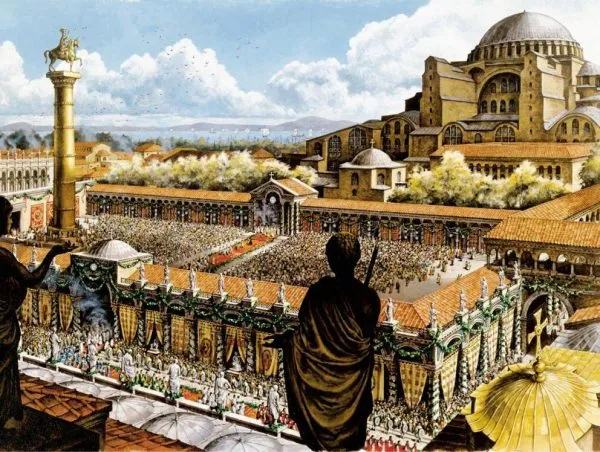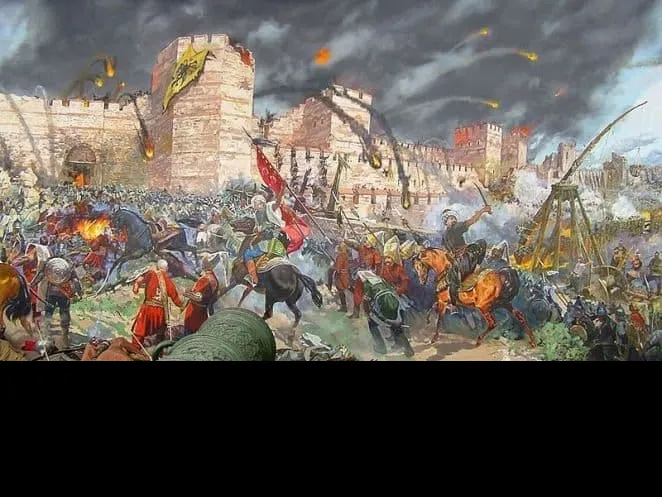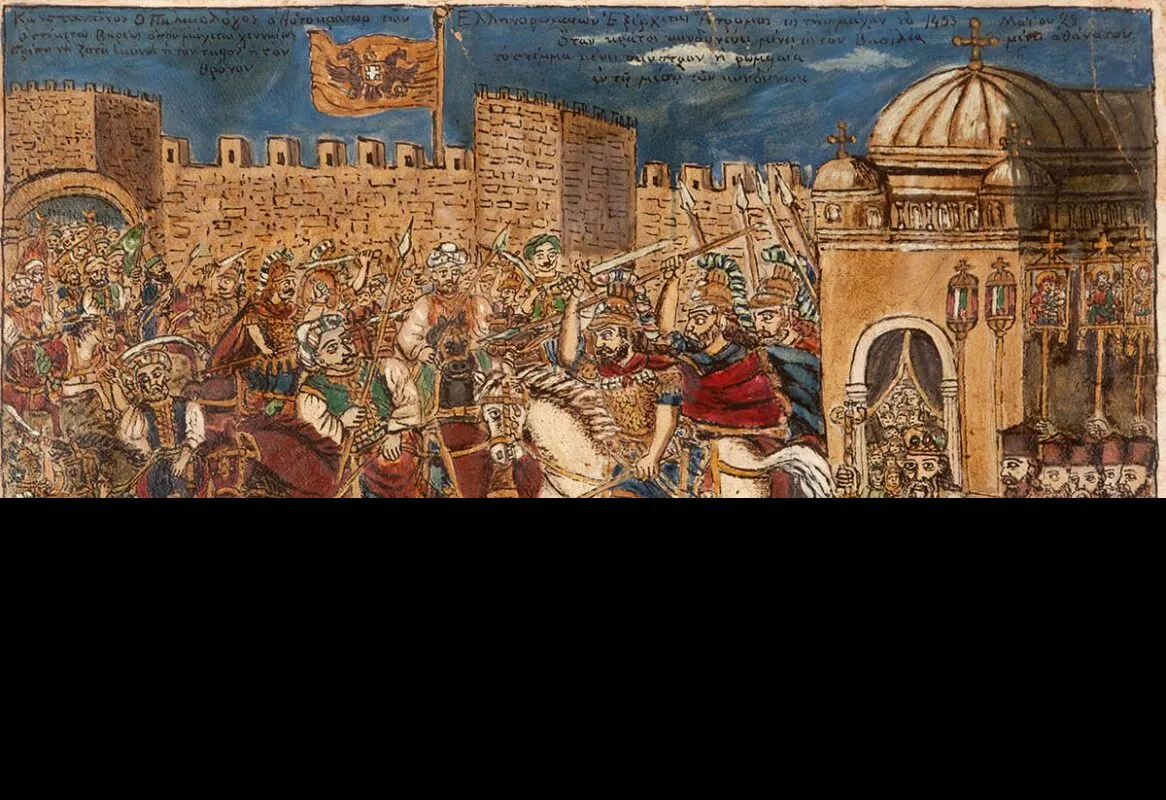
Source
The fall of Constantinople is a major historical event that took place on 29 May 1453.
Constantinople, also known as Byzantium, was the capital of the Eastern Roman Empire and a cultural, economic and political centre of great importance in the Middle Ages.
The fall of Constantinople marked the end of the Eastern Roman Empire and the rise of the Ottoman Empire under the leadership of Sultan Mehmed II.
For many years, the Ottomans had been besieging the city, and finally managed to penetrate the city walls and conquer it.

Source
This event marked the end of an era and had a profound impact on Europe and the world at large.
Constantinople was a rich and prosperous city that had been a centre of cultural and commercial exchange for centuries.
Its fall had significant consequences for the balance of power in the region and also for the development of trade routes.

Source
In addition, the fall of Constantinople also had an impact on the European Renaissance.
Many Byzantine intellectuals, artists and scholars fled the city and took refuge in Western Europe, bringing with them valuable knowledge and works of art.
This contributed to the further spread of classical thought and culture in Europe.
The siege and fall of Constantinople also had implications for religious history.
The city was considered the seat of the Orthodox Church and its fall meant the end of the Patriarchate of Constantinople.
This led to religious tensions and disputes between the different branches of Christianity.